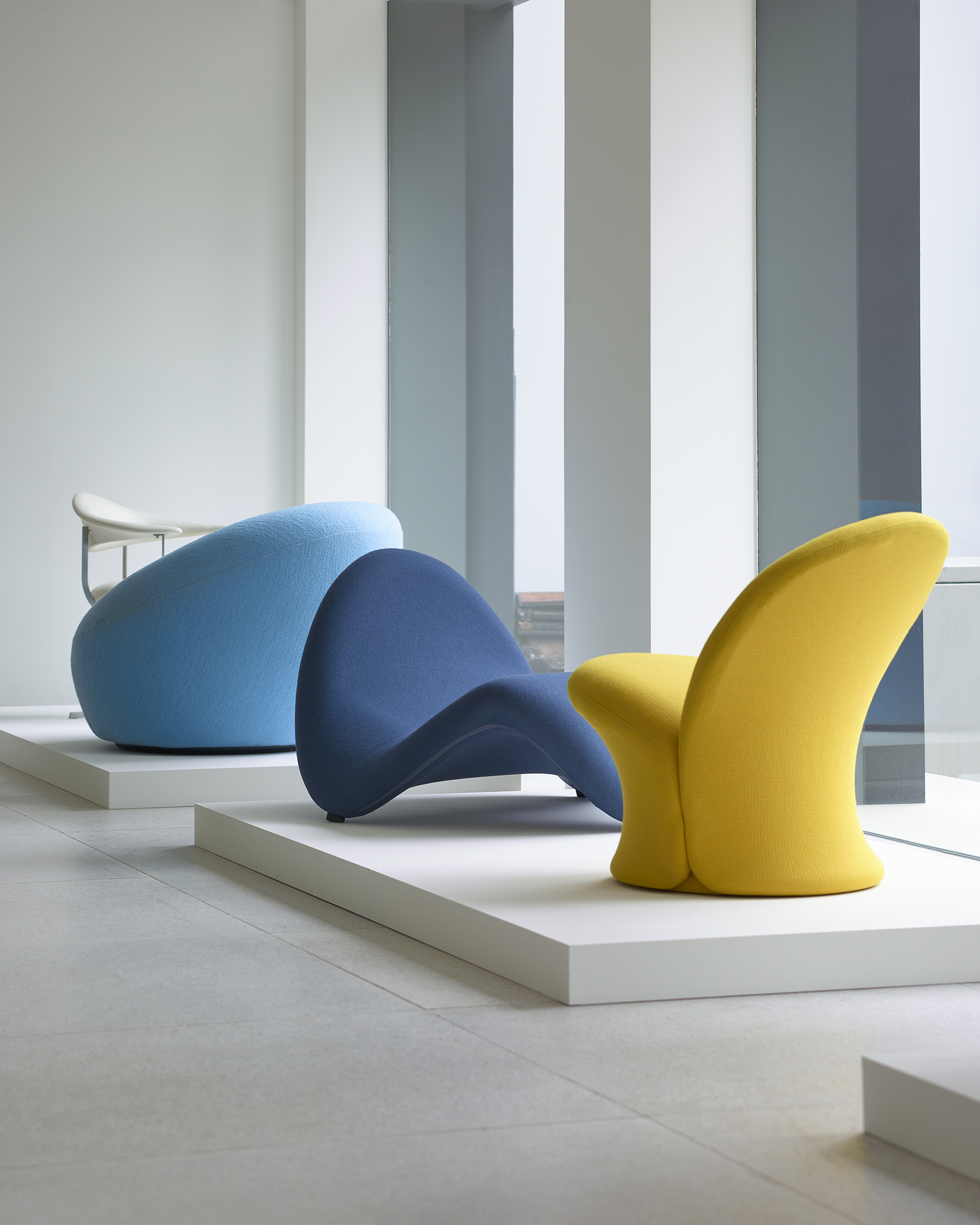An exhibition in collaboration with Lee-Jung-Jae
At the end of the Second World War, Pierre Paulin wanted to become a sculptor, but an accident thwarted this destiny, forcing him to reconsider his career path.
Under the influence of his uncle, the car designer Georges Paulin, he too turned to drawing, and more particularly to furniture design. However, he remained obsessed with his sculptural approach to the object, and the idea that his models should be seen from every angle, without flaw, as ...
An exhibition in collaboration with Lee-Jung-Jae
At the end of the Second World War, Pierre Paulin wanted to become a sculptor, but an accident thwarted this destiny, forcing him to reconsider his career path.
Under the influence of his uncle, the car designer Georges Paulin, he too turned to drawing, and more particularly to furniture design. However, he remained obsessed with his sculptural approach to the object, and the idea that his models should be seen from every angle, without flaw, as true functional sculptures.
In the late ’50s, the discovery of stretch textiles, used in the swimwear industry, provided Paulin with the means to materialize his vision: adopting the tubular structures emblematic of the Bauhaus as the backbone of his creations, he covered them with Pirelli foam for comfort, then covered them with a stretch fabric cover that molded precisely to their silhouette, revealing a monolithic, organic entity.
This formal transformation marked a break with traditional, bourgeois conceptions of furniture, and brought Paulin’s creations onto the international scene, establishing a lasting influence on his peers. Leading museum institutions such as New York’s MoMA included Paulin’s furniture in their collections, celebrating the advent of a new, organic and functional era in design.
Read more








